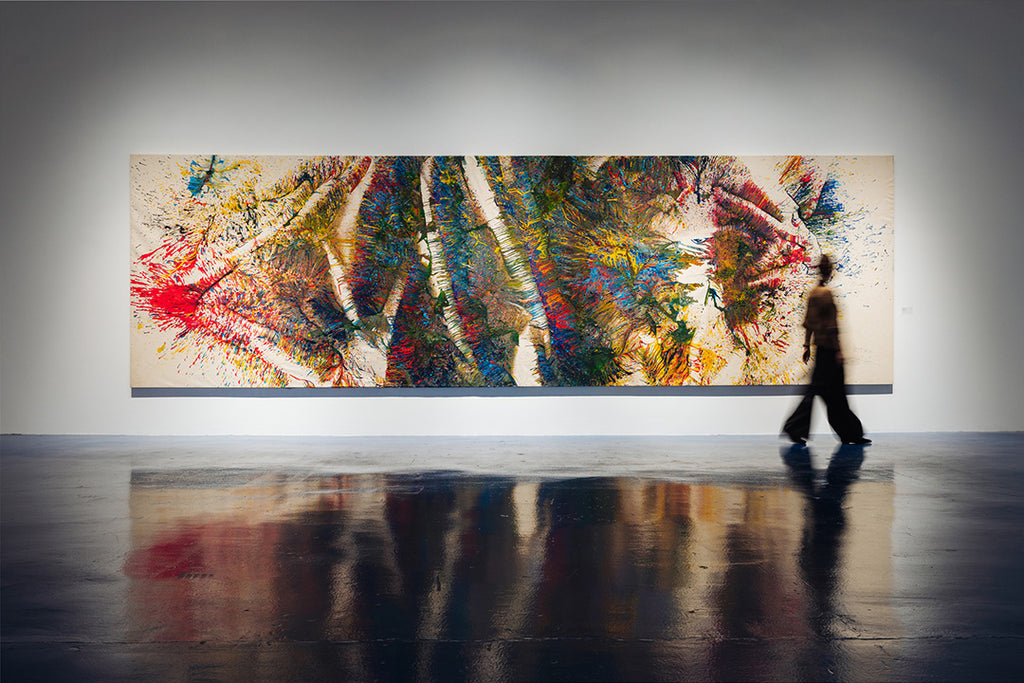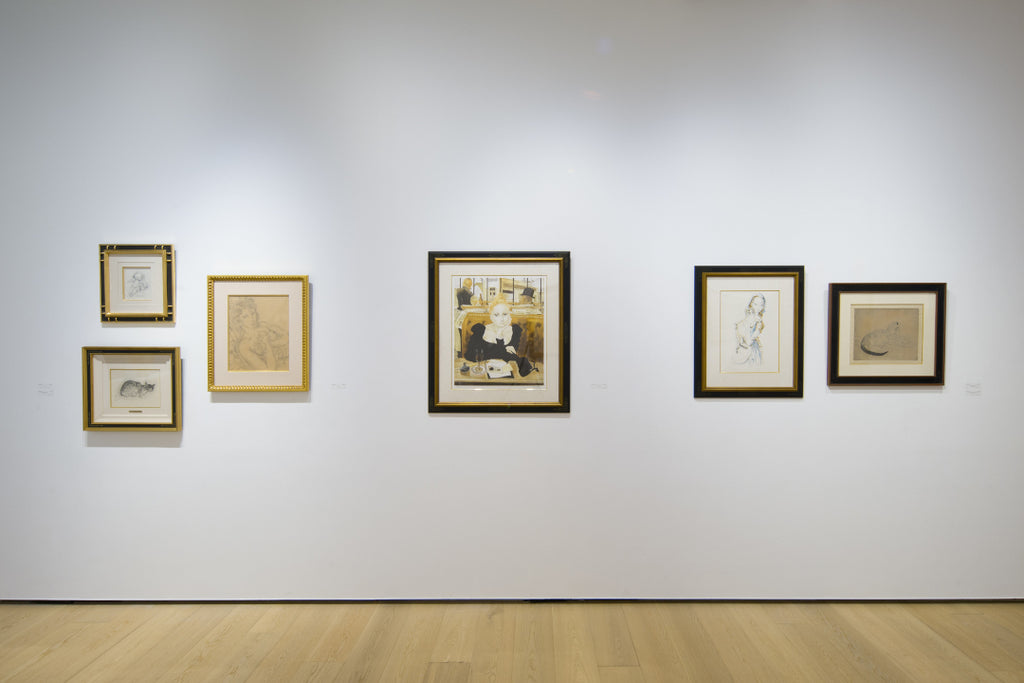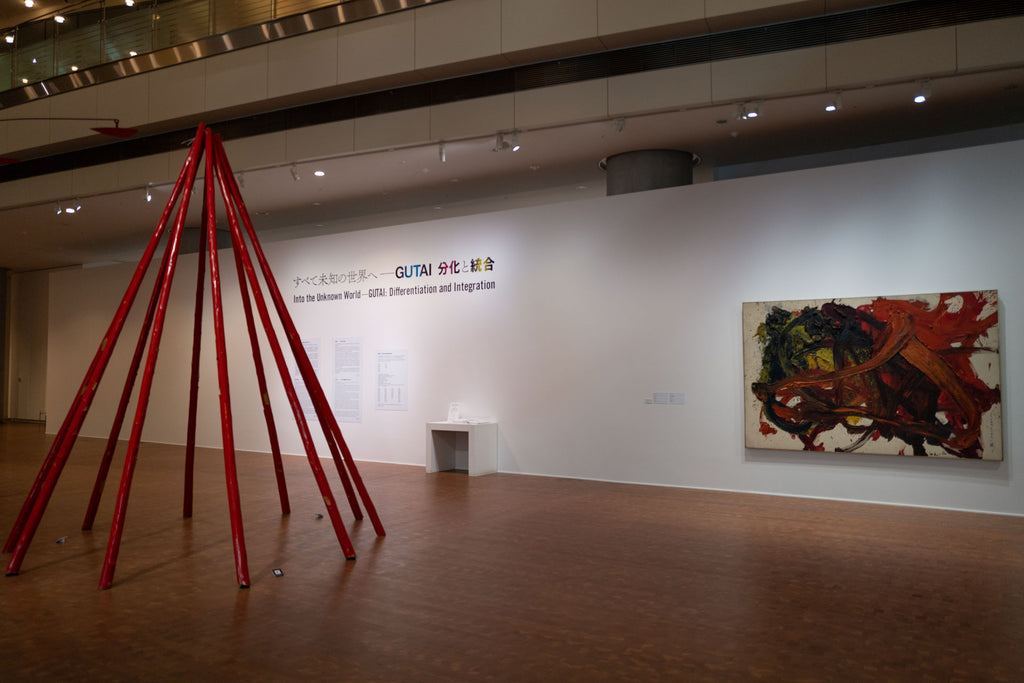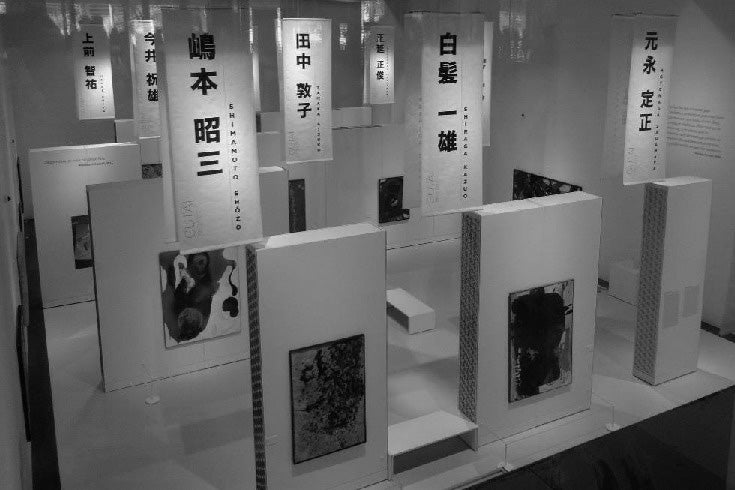ARTICLES
Yutaka Matsuda, an Artist and an Educator
GUTAI STILL ALIVE 2015 vol.1
35/35
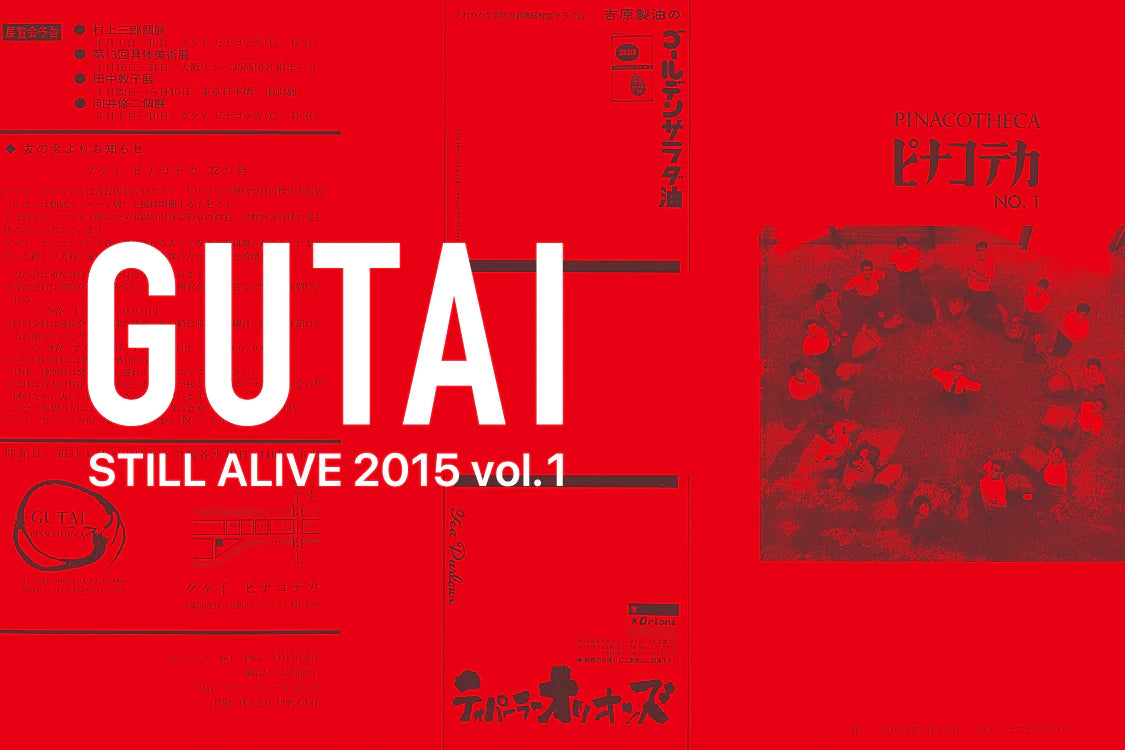
A project evolving the digitized archive of the book, “GUTAI STILL ALIVE 2015 vol.1”. The 35th and last edition focuses on Yutaka Matsuda, a second-generation Gutai artist and the group's youngest member. Known as a pioneer of kinetic art in Japan, Matsuda was not only an artist, but also an educator who taught in painting schools and cram schools. We visited Matsuda's studio and art school "Gallery Do" and asked his wife Masako about the artist's dual life.
Whether teacher or student, we are all human
In 1967 Yutaka Matsuda became a second generation member of the Gutai group, with his leading experiments in kinetic art. Not only did he concentrate his energies on his own artistic production but also passionately supported education, which gave leverage to his creativity and allowed him to work across many fields. He took up his base in a studio in the South of Sakai, close to Kansai airport in Sennan, Osaka. It is kept today by his wife Masako in its original state and it is here in this space still breathing the air of its former master that she agreed to be interviewed.
In 1966 Yutaka Matsuda presented his work at the small Osaka art space “Gallery Ano” which often drew crowds of contemporary artists. His work was already showing an approach to kinetic art. And it was to this exhibition that the Gutai leader Jiro Yoshihara also attended.
After graduating from the short course in art at Naniwa University Matsuda had begun to present his work at Gallery Ano each year from 1964 and through this connection he came to associate with Gutai member Shuji Mukai and through him he came to meet with Jiro Yoshihara. Since Gutai had been founded in 1954 already 12 years had passed and the “2nd generation” had begun to enter the group. But even amongst these Matsuda was to be the youngest member.
Masako Matsuda: Gallery Ano was very close to the Gutai Pinacotheca. Kazuo Shiraga and Shuji Mukai were always about and one day they brought along Jiro Yoshihara. He saw Matsuda’s exhibition and said “It’s fascinating, please bring your work over to us sometime”. At that time Shiraga and the others would gather once or twice a month at Yoshihara’s home, setting up their works along the garden fence and now Matsuda had the chance to join. Observing this work Yoshihara noted “My grandchild seems interested in your work”.
He certainly gained the seal of approval from Yoshihara’s young grandchild but when Yoshihara himself said that this new form of kinetic art which no one had seen before was “interesting” then Matsuda gained new found confidence to push his work forward. In 1967 he became a member of Gutai and in the same year he went on to marry Masako, who had studied together with him at Naniwa University.
Masako Matsuda: In the past he was a poor painter, he didn’t come from a wealthy background, he had to run a painting class and so on. At the time he was teaching painting at a local gallery, he couldn’t make art for his living. As I had studied at the same painting school he asked me to take care of the children instead so I ended up teaching them. I didn’t know him well in his student days, but as he taught in many places and I followed to help, I cooked many meals and we worked on things together and so at some point we decided to get married.
But I really thought he was a marvelous man. Perhaps it was his power of imagination but from one thing to the next he would be thinking of something interesting to make, something that would make people smile, and in this way I respected him. It was not a case of “liking him”, rather he was a fun person to be with. Even when we got married, rather than being concerned about money it was much better to live with someone so cheerful and filled with creative energy. He always showed his work to me first and would ask me “How do you think?” and I would always give him my opinion but if I said “oh that’s interesting” he would be beaming all over.
Just as Matsuda was joining the Gutai group and becoming increasingly occupied with his work he also married with Masako, and with her support began to actively pursue his kinetic art.
Masako Matsuda: People said to him “Matsuda, you don’t have to make things so fast” but everyday he would be working on his art, his kinetic art. He created work to show Yoshihara with such devotion. He would be making his art, I would be running the painting class and then he would take his pieces over to show Yoshihara. If he was told “That’s interesting” he would come back with a hop in his step. He would be so happy. He often worked through the night on his projects. And I would have to help him even though I had to bring up the children at the same time too, it was really tough. But there was no other assistant.
“When he came home each day it would be time to work again. We didn’t have this kind of studio then. Once we had eaten it would be time to make art work. Everyday. At that time he began to join the Gutai exhibitions and had to present work on a regular basis. It was like homework. And it was mostly done overnight, until about 8am in the morning. Then I would sleep a little and then have to go off early to the painting class as I had to sharpen all the pencils, prepare the canvases, mount the paper, there was so much to do. And once that was done some machine had to be added, as it was kinetic art. All of the moving contraptions Matsuda made himself from scratch, that must really have been a challenge.”
Through his exhibitions with Gutai kinetic art became more widely recognized. But just 5 years on from 1967 Jiro Yoshihara died in 1972 and Gutai came to an end.
Masako Matsuda: The person who had looked at his work, who had appraised his work was gone, and so he and the others were lost.
But even after Gutai Matsuda persisted in his unerring creation of kinetic art. As a result he won numerous awards, becoming what may be termed as a darling of the age.
And then in 1984, Yutaka Matsuda established Gallery Do in Naniwa, Osaka and began to present his work here alongside with that of his students, while also working as a cram school teacher and opening his own prep-school. He was not just an artist but also an educator, a role through which he attempted to contribute to human growth, a role which is central in our understanding of this figure.
Masako Matsuda: Yutaka Matsuda was a person who liked to be amongst others, someone of kindness and openness. He liked helping people and was a very warm individual. As a child he became ill of health and his legs were not good, but because he liked drawing his parents took him to painting class, and it was from there that his path towards an artist took off. And through art people started to exchange and everyone came together. Matsuda loved gatherings so Gallery Do was always a lively place. It wasn’t just art associates but also students of the painting classes and prep-school members, people from all kinds of backgrounds. I got introduced to all kinds of dropouts too. But then everyone was working so hard. It really takes something to foster and inspire people in this way.
At school Matsuda had been strong in math and science and so he came not only to run a painting class but also a study school, which was to be a significant development. Also without his mathematical and scientific skill he would not have been able to create his mechanical art works, with all their parts and wiring. He fused together the power of art and science, giving birth to kinetic art, and moving from art to education he engaged widely with the world. When he moved to the current studio in Sennan city this identity and approach became very clear.
Masako Matsuda: It has been 18 years since we moved here, but the reason for this was that Matsuda was not as strong as he used to be so he wanted his own studio. Even if he worked late at night, at that time there were very few houses around so no one would complain.
“However all of his students from Osaka also came along. This house was empty next to the store house used as a studio so he rented this too and let the students sleep here. He had so many students to care for. He soon made a name for himself and we had the mayor of the city visiting and reports of a talented teacher in the newspaper. There were students coming from Kyoto, Kobe, Nara, from all over the place. Just in the way Yoshihara did, Matsuda became apt at drawing out a particular individuality which only that person held. Just as each person has a different face, Matsuda respected the unique creativity of each individual and he offered his support in seeking this out and bringing it to some form.
“His school became the talk of prep schools around the region, with principles coming to visit from far and wide and even being introduced on NHK’s “Okasan no Kyoshitsu”(Mother’s Classroom). In terms of art there were half page reports in the papers with headlines like “Even Art University Students Will Be Surprised”. Each of our students would be making something different. People were surprised that these artists were not people who had won some contemporary art prize in Tokyo or graduated from university, but they were local people working in restaurants, teaching flower arranging or just ordinary housewives who were winning awards. So that’s why it became such news.”
Whether he was making kinetic art or teaching his students, Matsuda always held the awareness towards the people who he encountered through these engagements. Attempting to achieve a humor and interest which would make people laugh or suggesting something to draw out someone’s individuality, his warmth towards others was transformed into expressions of art and education. His wife Masako comments that “rather than being defined by art, he was an all together different kind of human being” which perhaps aptly summarizes Matsuda’s way of life. And while stepping between different creatively filled worlds he helped to give birth to the new form of kinetic art.
(Mothly Gallery, March 2014)
Read more about the “Gutai Art Association »
*Information in this article is at the time of publication.
